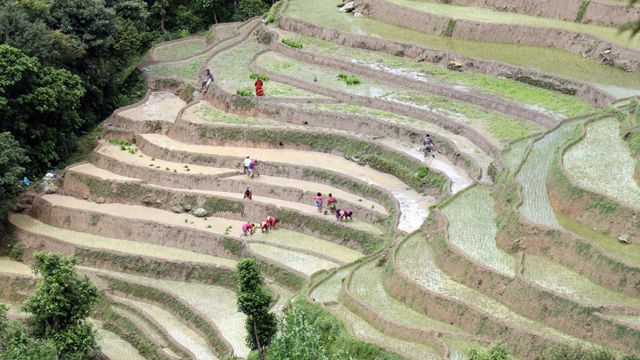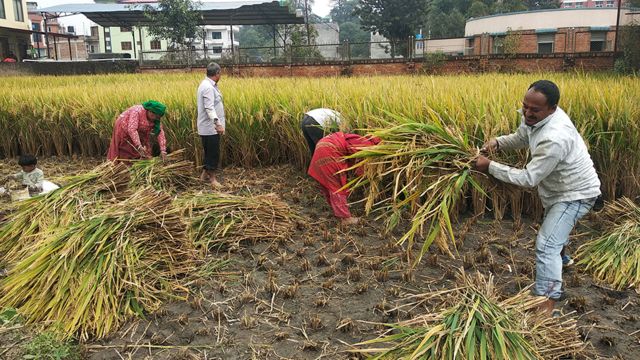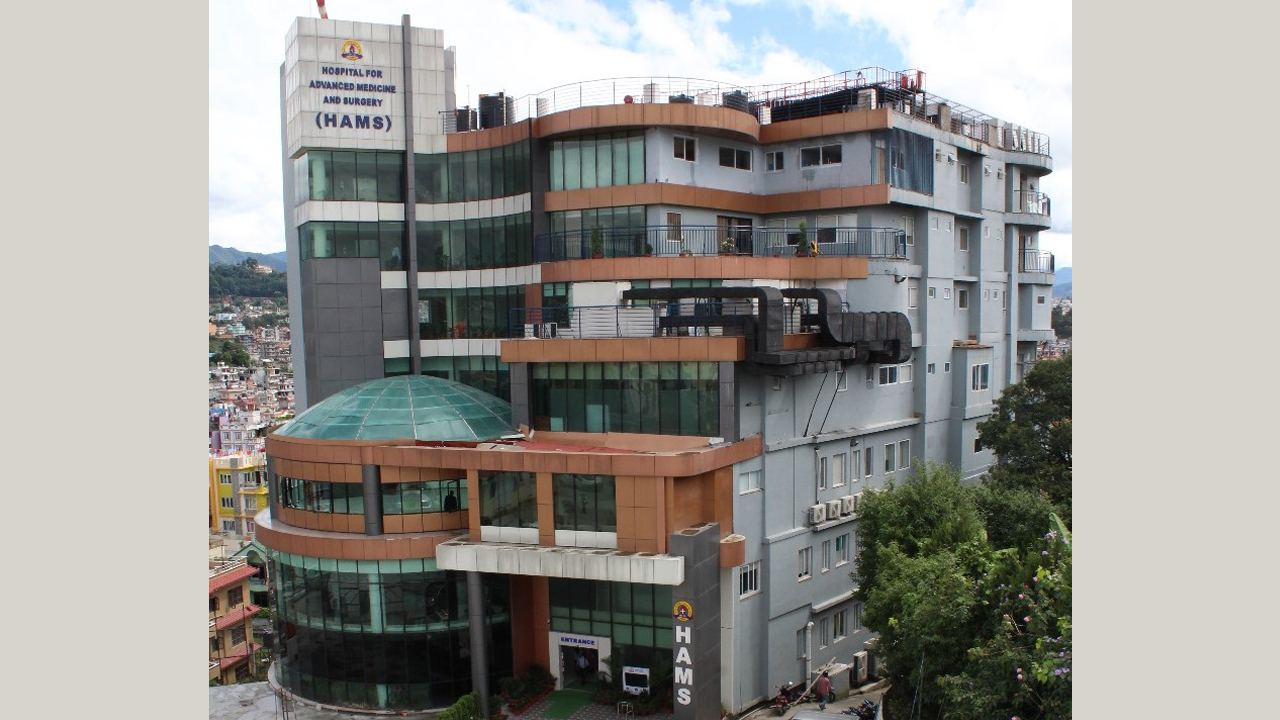Nepal Weather: What is the effect of Cyclone Rose? Does it affect paddy production?

KATHMANDU: SEPT. 29 – The weather has been changing in different parts of the country including the capital Kathmandu for the past few days.
Some have attributed the cyclone to a cyclone called Rose, which developed in the Bay of Bengal. According to meteorologists, the cyclone has had only an ‘indirect effect’ in Nepal, but the rains have not stopped as the monsoon is not over yet.
This time they have seen signs that the monsoon period will be extended by a few days. According to agronomists, the production may increase this year due to frequent rains.
However, as some varieties of paddy are now in the flowering and flowering stage, they are worried that “the grains will not be able to thrive if it rains continuously”.
What is the effect of Rose Cyclone?
According to the Department of Water and Meteorology, Meteorological Department, only the “indirect peripheral effect” of Cyclone Rose has occurred in Nepal.
According to the department, a powerful low-pressure area in the Bay of Bengal started forming last Friday and a powerful cyclone named Gulab developed on Saturday.
The cyclone hit the landlocked state of Orissa in India last Sunday. After that, the cyclone is now moving westwards as a low-pressure area, the department said. Pratibha Manandhar, a senior meteorologist at the department, said that only the indirect effect of that was felt in Nepal.
She said, “The surrounding cyclone will spread around the clouds, it will come to Nepal. That has also brought clouds to Nepal.” “But because it is so far from Nepal, it cannot cause heavy rains.”

According to him, after the cyclone, a low-pressure area has developed in the Bay of Bengal region again, causing light to moderate rainfall in Nepal. “It rained because of the low-pressure area and the effects of the monsoon,” she said.
What is the weather like the next day?
According to the Weather Forecast Division, there is a possibility of light and moderate rain across the country till next Thursday.
According to the department, the situation will continue due to the ongoing monsoon and the impact of the low-pressure area developed in the Bay of Bengal. According to the Division, there will be thunder and rain across the country on Tuesday night as well.
Similarly, the department has forecast similar situations during the day and night on Wednesday and Thursday.
When does the monsoon end?
According to meteorologist Manandhar, it is unlikely that the monsoon will end on an official day. “The official monsoon day is October 2, which falls on Saturday,” she said.
“But we haven’t seen a monsoon ending this Saturday. It looks like it’s going to last a while.” She said the department would release new information in a few days.
Meteorologists say that there will be light and moderate rain with thunder in different parts of Nepal in a few days due to prolonged monsoon.

What will be the effect on the paddy crop?
According to agronomists, this time the monsoon rains are likely to have a positive impact on the paddy crop. Mahadev Prasad Poudel, a senior agronomist at the Department of Agriculture, says, “Paddy is a water-loving crop. It is raining well now.
“Some people are saying that if there is too much water during pollination or during pollination, there will be some effect, but since the water does not fall in the form of rain, overall it is seen to have a better effect than a bad effect.”
He said that the production of paddy is expected to increase this time as there was no report of timely rains and floods affecting the paddy crop. He said that the current situation would not have a negative impact on the production of paddy if it remains as it is now.
-BBC (Nepali)










